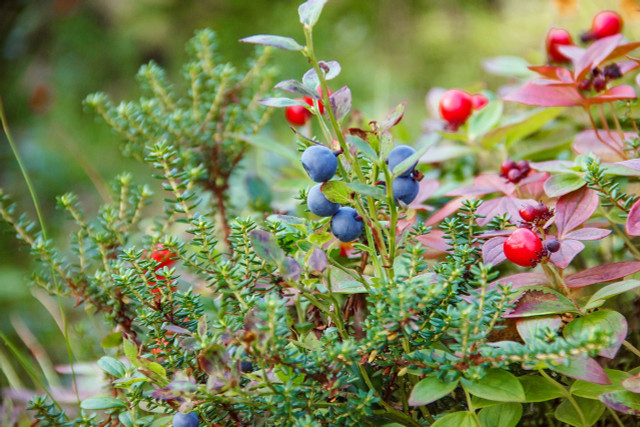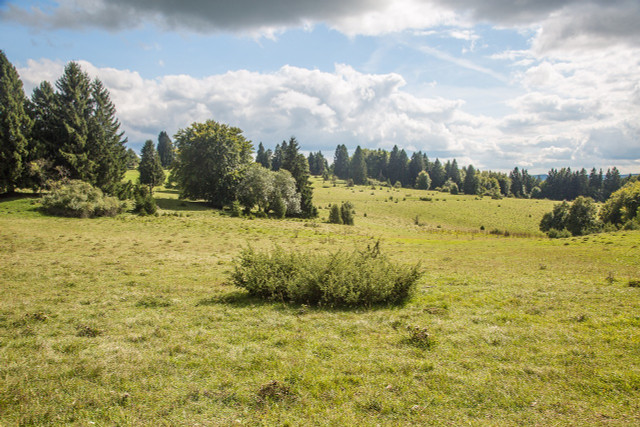
Creeping juniper is an evergreen ground cover. Whether in the garden or in a pot, this low-maintenance ornamental plant thrives almost anywhere and provides food and shelter for birds.
Creeping juniper comes from North America and belongs to the cypress family. The various species differ in shape and color: they are bluish, yellow or green and turn reddish in winter. A creeping juniper shrub can grow up to half a meter tall and up to one and a half meters wide.
The blue-black berries of creeping junipers are not edible by humans. Unlike normal juniper berries, they are poisonous. Birds, on the other hand, readily eat the berries and excrete the juniper seeds intact.
Contents
Creeping Juniper: Site conditions for the plants

With creeping juniper you can green any garden – it even grows in pots. The creeping juniper is dioecious, which means that it needs a male and a female plant for fertilization, so that the creeping juniper blooms in spring and bears berries from September.
Creeping juniper is not particularly demanding on location. If you want to plant it in your garden, you should consider the following:
- Location: sunny, sufficient distance from shrubs or trees.
- Soil: loose and well-drained, not too moist or nutrient-rich
- Use: Ground cover or as greenery for walls or rock gardens, part of a bird-friendly garden
Planting creeping junipers: this is how it works
To add one or more creeping junipers to your garden, you can buy the plants as young root balls at your local garden store. If you already have a mature creeping juniper, you can also propagate it yourself using cuttings or cuttings.
Keep the following points in mind when planting your creeping juniper:
- Planting Time: It’s best to plant your creeping juniper in the fall. As long as the soil is still warm, it can spread its roots well. Alternatively, you can plant your juniper in the spring.
- Planting: Dig a planting hole deep enough to insert the planting root ball at ground level. Set the root ball in place, cover the root system with some soil and press down lightly.
- Water: After you plant the root ball, you should water the creeping juniper. During the first weeks you should also water it regularly. If it rains a lot during this time, you can do without.
- In a pot you can plant junipers all year round:
Choose a pot that is large enough for the roots of your plant.
The pot should have a hole so that water can drain away easily. Drainage can help prevent waterlogging.
Creeping juniper care: It all comes down to this

Overall, creeping juniper shows frugal and does not require much care. Just pay attention to the following points, so that the plant remains healthy for a long time:
- Watering: You should water young plants a little during dry periods. Water the plant best directly above the root and penetrating. This will encourage them to penetrate deeper layers of soil, making the plant stronger.
- Fertilizing: Creeping juniper grows well in the garden without fertilizer. If you want your plant to grow faster, you can treat it to organic plant fertilizer in the spring. In a pot, the plant needs some fertilizer every four to six weeks.
- Pruning: To keep your creeping juniper growing nice and thick, you can prune it in spring or fall. Cut off the branches directly at the branching point so that the plant can sprout again.
- Winter protection: Junipers are hardy. Mature plants do not need extra protection in winter. Freshly planted shrubs can be covered with brushwood, leaves or compost in the root zone.



Going to debate more about this post? I intuit you may be downplaying some of the unpopular thoughts, but I for one, like hearing them 🙂